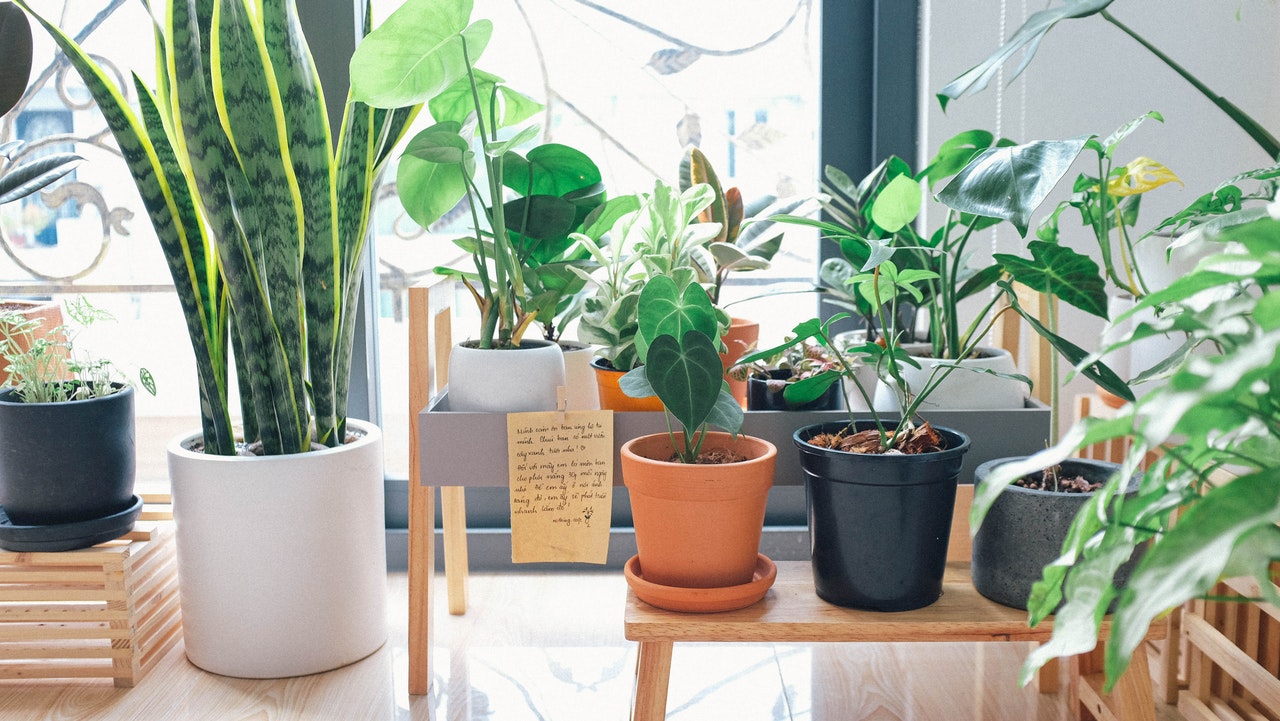Plants brighten up every space; whether they are in your home, your office, or any other space, they always bring a little joy and life to the room. They’re a great decoration touch, they add some greenery around the room, and they even help improve our mood by creating a more peaceful space. We know that being a plant parent is not always easy, but we want you to be the best plant parent you can be. That’s why we gathered some of the best to give us their expert opinion on how to care for your plants, how to decorate with them, and some more other tips you’ll love!
- What are the best plants to attract wildlife?
When choosing plants for our butterfly garden, we focus on plants that can support butterflies in multiple stages of their life cycle. For instance, common milkweed and swamp milkweed are both host plants for munching monarch caterpillars. The blooms serve as a nectar source for many pollinators, including hummingbirds, bees, moths, and butterflies. Birds use the milkweed fluff (coma) to line the nest. Milkweed serves wildlife in many ways.
– Tony Gomez at Monarch Butterfly Garden
- Which low-maintenance plants do you recommend having at home?
I’ve found the snake plant, jade plant (Crassula ovata) and the devil’s ivy plant (Pothos) to be the most rewarding and enjoyable plants to grow indoors. All three can grow fast, especially if you put them in a larger pot for them to grow into. They are also easy to care for since they need little attention and can flourish with little daylight. When the Pothos plant is feeling neglected it will be sure to tell you with its curled-in or yellowing leaves, as soon as you remove the dead leaves and give it a generous amount of water it will begin to thrive again within a day or two making it one of the best low-maintenance plants to have in the home.
– Sian Victoria team at Sian Victoria
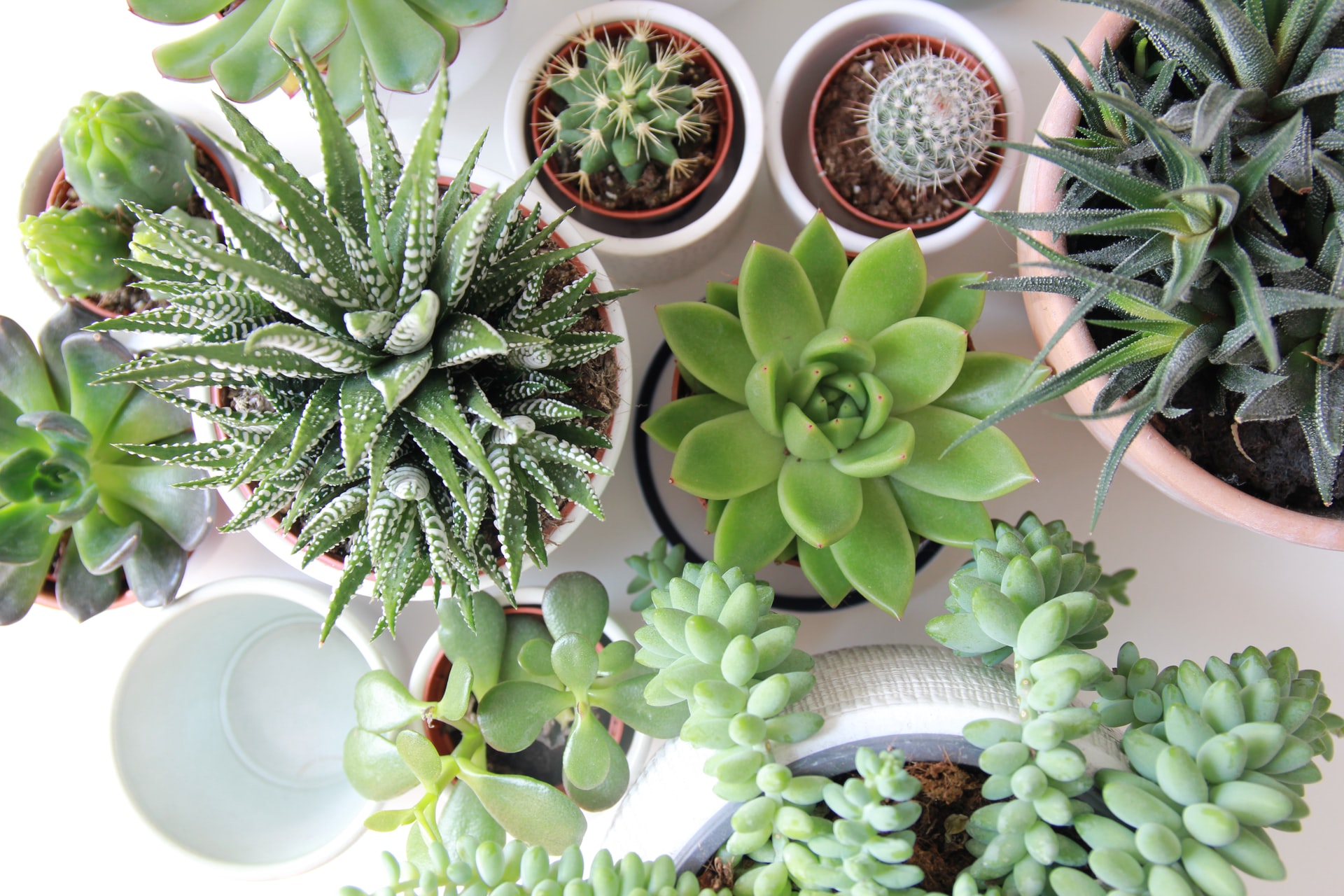
- How can I propagate my succulents?
There are several ways to propagate your succulents, but the easiest and with the highest chances of success is leaf propagation. It takes a few days or weeks to start seeing your new plants, plus it doesn’t need any advanced tools or expensive products.
To get started, identify the type of succulent you’d like to propagate and carefully pluck out a bunch of leaves. Be easy on the leaves as any injury may render them unable to produce any propagates.
Set the leaves aside for 3-5 days without soil or water for callus formation. This is crucial for preventing bacterial infection at the point where the leaf was attached to the main plant.
Once the leaves are fully callused, grab some potting mix and place (don’t bury) the leaves on the soil and set them aside for several weeks until new shoots and roots start sprouting at the point where the leaf was attached to the initial plant. Transplant the new propagates once they are fully formed in a nursery or a pot with minimal watering.
Succulents require knowledge and the right climate. Here are the steps to follow:
- Allow Leaves and Cuttings to Rest Before Propagation: When you remove a leaf or take a cutting, the end of the leaf and stem will be open and raw. If you place this open wound in water or dirt, it will absorb things far too fast. Allow your cutting to rest for 2-6 days, so it can build up a scab over the “wound” and increase the chances of sprouting roots and staying healthy.
- Your Climate: It’s best to research where you live to check the climate and see how well a succulent will thrive.
- Succulent Type: The type you choose to propagate will influence the success rate. The easiest to propagate are echeveria, graptoveria, and sedums.
- Sunlight and Space; Ensure that you have adequate space and light. Many times, these delicate leaves don’t need direct sunlight but need enough light to survive.
It takes between 2-6 weeks for roots to appear. Having the right space is essential. They will live there for a while and need to work for their needs. Windowsills and flat surfaces near sunlight are great places to let them rest and grow without being disturbed by everyday life.
– Janie Low, Succulent Alley
- Do succulents need trimming? How should I do it?
Trimming succulents should be done when bottom leaves start to get brown or yellow in color. This is to make room for new, healthy growth. Recommended trimming should be done with sharp scissors to get as much of a “clean-cut” as possible.
- How do I know my succulent has pests and how to handle them?
To know if your succulent has pests, inspect the plant closely — check the plant’s surface, nooks, and crannies for any moving dots, anything fuzzy or web-like, or odd bumps that can be scraped off.
Quarantine your plant away from others, then treat it with a spray. You can either make your own with half rubbing alcohol and half water or use neem oil. After a couple of weeks, your plant should be pest-free!
– Mercy Tapscott at Print A Pot
- Can I make a succulent bonsai?
Since bonsai is simply the art of cultivating artificially dwarfed plants, it’s theoretically possible to turn any plant into a bonsai – succulents included! In fact, succulents tend to make for fairly easy bonsai since they’re already predisposed to surviving the harsh conditions you would create in order to limit growth.
For the best results, choose a succulent that naturally forms a woody stem, like Portulacaria afra or one of the Crassula ovata cultivars.
– Patrick Grubbs at Sublime Succulent
- How often should I water my succulents?
Well, the simple answer to this question is to water your succulents only when the soil is totally dry. When it comes to succulents its best to dry out, as opposed to overwater the soil. Here’s a little rhyme for those who feel unsure and tend to overwater their succulents – “when in doubt, dry them out!”.
Succulents are well adapted to drought-like conditions and do better when underwatered as opposed to being overwatered. The watering frequency will depend on other conditions, like temperature, season, and even the type of pot the succulent is planted in. Most succulents prefer more frequent watering in the hotter spring and summer months since that is their growing season and like less water in the fall and winter months, which is their dormant season. Yet some succulents, like aeoniums, actually grow during the fall and winter seasons and prefer more water at that point. Also, succulents planted in terra cotta or concrete pots will often require more watering than those planted in glazed or ceramic pots because of concrete and terra-cotta wick moisture away from the soil.
You can always use a chopstick or pencil to test the moisture level of your soil. Stick it down into the soil and pull it back out again. If the stick comes up clean with no soil on it, you know the soil is dry and time to water again. If the stick comes up with soil clinging to it, there is still moisture.
– Rachael at Infinite Succulent
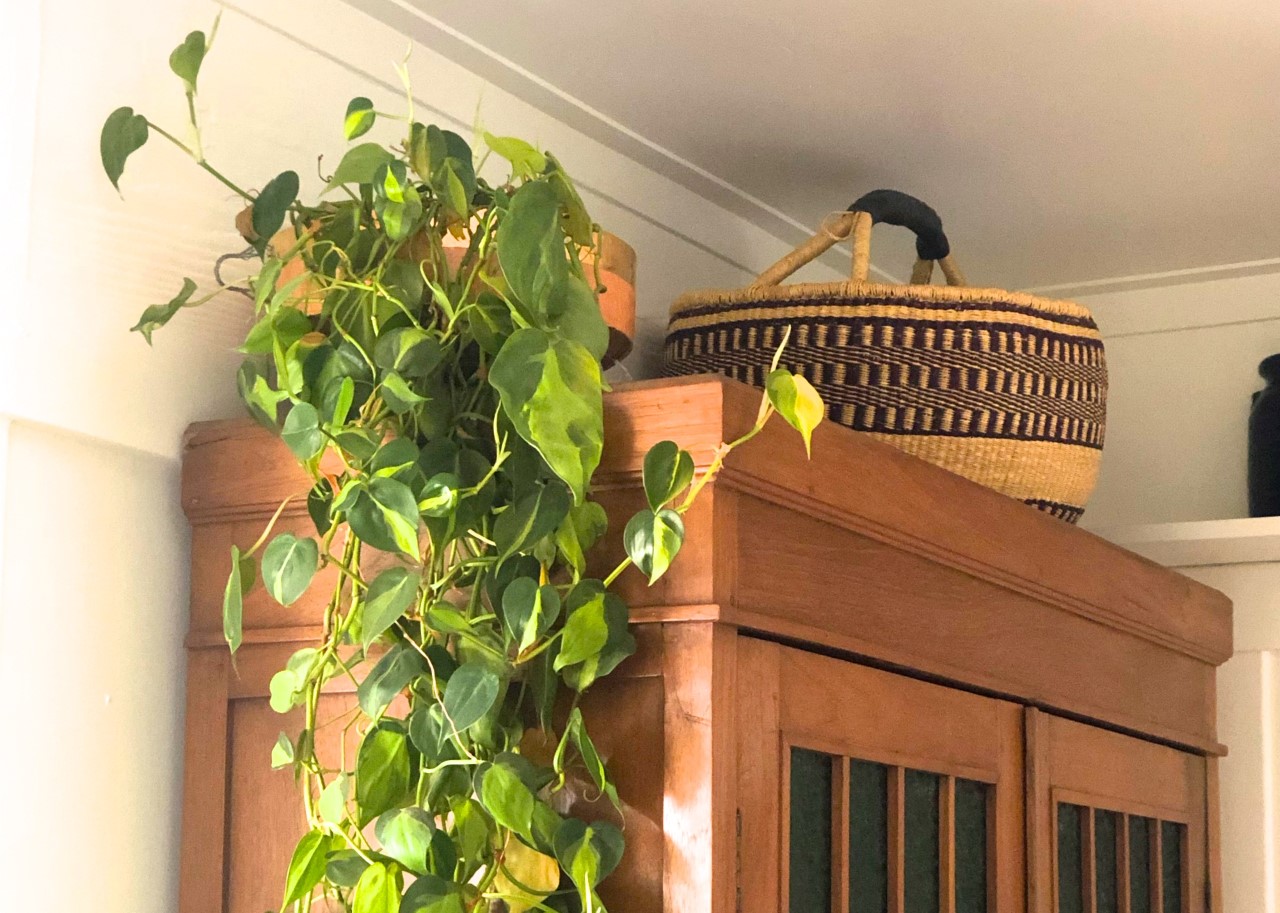
- How to decorate with houseplants in a small place?
If you’ve caught the houseplant bug, but you’re limited on space, don’t despair. There are so many beautiful and easy-to-grow varieties of plants that can put out 4-6 feet (or more!) of trailing green loveliness that you can bring life into the slimmest of spaces. Try putting a Philodendron Brasil on top of an armoire or bookshelf.
Or maybe a Satin Pothos (Scindapsus pictus) with its silvery green splotched leaves hanging in front of your window in a macrame hanger. And don’t forget the sill of your kitchen window. This little ledge can become the home to all sorts of cute botanical friends, from air plants sitting on little shells to glass test tubes or bud vases propagating one of your trailing plants.
- How can I include Biophilic design in my home?
People have an innate need to seek connections with nature and various studies have shown that connecting with the natural environment is very beneficial to our health and wellbeing. Biophilic design brings elements of the natural world such as greenery, organic materials, water, and natural light into built spaces. Integrating biophilic design indoors can be as simple as opening the windows to allow fresh air to circulate or placing furniture so it doesn’t obstruct the flow of natural sunlight.
Houseplants, potted trees, green living walls, and even small terrariums provide vegetation and create the sensation of being outdoors. Incorporating natural materials such as cork, stone, sustainable woods, and organic textiles throughout the home brings another layer of nature indoors. Place organic shaped furniture pieces such as an oval cocktail table or curved seating and include décor and artwork with natural patterns and textures.
Go a step further and integrate wabi-sabi–the Japanese concept of beauty in natural imperfection–by using an uneven live edge wood dining table or rough, aged metals with a rich patina. Use low-VOC paint in colors related to nature like greens, blues, and browns as well as soft neutrals. Employing the principles of biophilic design creates restorative living and working spaces to provide enhanced feelings of well-being.
- How can I add a plant wall to my home?
When adding a plant wall to your home, aesthetics, cost, location, quality, and maintenance are the key considerations. Consider the look that best fits your space. Should the plant wall have branches? Ferns? How large should it be? Will the wall be the main feature or an accent? How much light, aeration, humidity, and time do you have to maintain it? Once you’ve thought through what kind of plant wall you’re interested in, consider your options: living, artificial, and preserved.
As experts in preserved moss and fern walls, we’re a bit biased toward preserved moss, but very much for what we would argue are good reasons! True living walls are largely too high maintenance and expensive if properly irrigated and aerated to be viable. Artificial plant walls fall short in both look and feel. Preserved moss and fern walls offer the best of both worlds and can last a lifetime without any maintenance, save for occasional dusting.
Regardless of your space and your choices, we encourage adding a space in your home for biophilic art. Bring the living world in and enjoy!
- How do I know my plant is healthy?
A strong sign to know if your plant is healthy is new growth. Pushing out new baby leaves in a rich color is always a promising sign. We sometimes get texts from friends about brown tips on leaves of plants like dracaena because they’re sensitive to what’s in tap water. But if that plant has a perky new leaf coming out the top, we’ll assure this friend that their plant is *probably* doing just fine.
- How to take care of my plants in the winter?
Here are 5 tips for caring for your plants in the winter.
- You might need to change the positioning of your plants depending on temperature & draughts. A bright windowsill in Summer might be too chilly for plants on cold Winter nights, especially tropical plants that require constant heat
- Adjust and reduce watering your houseplants. You might not need to water if the soil is moist, (species dependent) and you must not let your plants sit in water!
- Keep your plants in the brightest position in your home during the day.
- Wait until Spring to feed your plants! You should only feed your plants if they are flowering
- If transporting plants in Winter – keep them wrapped up & warm
– Paul Holt at N1 Garden Centre
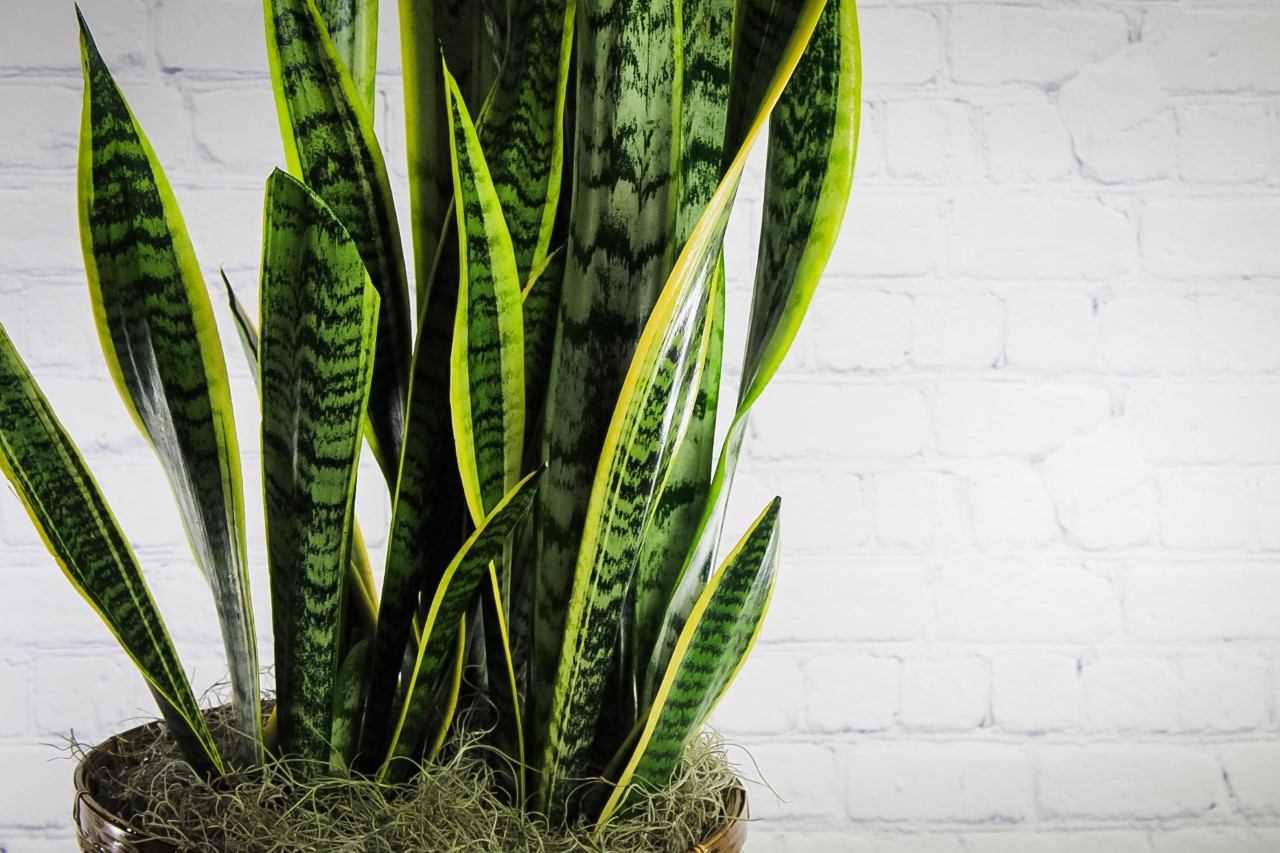
- How to take care of my snake plant? What is the best place for them?
Snake plants are one of our favorite gifts for a new plant parent because they are incredibly resilient and adaptable. The biggest concern when it comes to Snake plants is overwatering. These plants are native to South Africa, so it’s important to let the soil dry in between waterings. A great way to check if it’s time to water your plant is simply by sticking your finger in the soil! If it comes out clean, with no dirt sticking, it’s time to water.
Snake plants can thrive in high light and low light areas, making them a great addition to pretty much any room in your home, including the shady corners. Just be sure to keep them away from cold drafts in the wintertime.
- Which houseplants are safe for pets?
If you are a pet parent, you probably prefer to have Pet-friendly plants, here are some:
- Spider Plant. Chlorophytum comosum, commonly referred to as Spider Plants, are safe for dogs and probably one of the most widely recognized houseplants.
- Boston Ferns. Nephrolepis exaltata, an evergreen that can grow up to 5 feet, is a snuggly and safe plant for pets.
- Maidenhair Fern. Schefflera Gold Capella is one of the most beautiful ferns with delicate, sweet little leaves.
- Peaock Plant. Calathea roseopicta is an absolute stunner of a pet-friendly plant. One of our top sellers it is especially loved as a gift and is also commonly known as the prayer-plant.
Plants that are cat friendly:
- African Violet
- Christmas Cactus
- Some Varieties of Ferns
- Parlor Palm
- Spider Plant
- Boston Ferns
- Maidenhair Fern
- Peaock Plant
- Some Succulents
Plants that are dog safe:
- Boston Ferns
- Maidenhair Fern
- Peaock Plant
- Spider Plant
- Which type of pot is best for my plants?
In the gardening world, you can find pots made of plastic and clay. Clay pots are better designed to be used outdoors compared to plastic pots. They are heavier and can last a long time if properly maintained. Plastic pots, on the other hand, are cheaper and are easier clean. They are best suited for those who want to have a collection of plants but do not have a huge budget.
– Janie Low at Succulent Alley
- What is a plug plant? Can I grow it indoors?
A plug plant is a term given to seedlings that have germinated from seed and grown into young plants. They are often small plants. All plants start out in this fashion, and plug plants are normally 2-3 inches in height (this varies depending on the flower or vegetable). You can also purchase plug plants from stores rather than growing from seed. These plants are younger and are often cheaper to purchase as you are buying them at a much earlier growth stage.
The most effective way to grow your own plug plants, as mentioned, is from seed; this can be done indoors. Most plants will start life indoors if you are a novice gardener or in a polytunnel or a heated glasshouse. Depending on the plant you wish to grow, additional heat may be required to start your seedling off; this can be provided by either a heated propagator or a heat mat.
On a very basic level, all you need to start growing your own plug plants at home is a seed tray, a propagator lid, and seed cutting compost. Fill your seed tray with soil, add the seedlings and cover with the propagator lid. Continue to water lightly, and your seed should germinate in 5-15 days depending on the variety and growing conditions (outside temperature and if a heated propagator is used or not). Once the seedling has germinated, after 2-3 weeks, your young seedling would have reached the start of a traditional plug plant height.
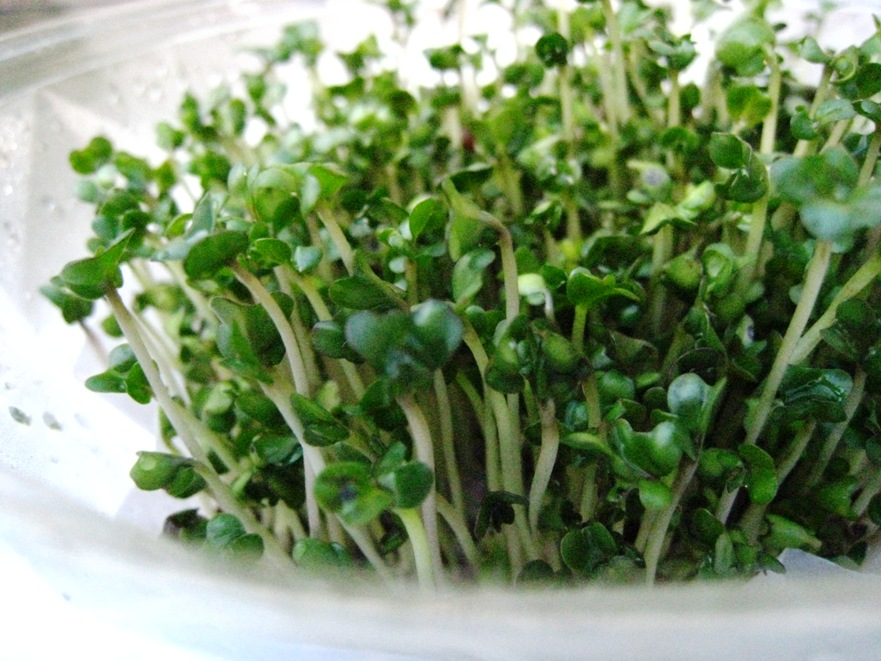
- How Can I Grow Sprouts at Home?
It is easy to grow your own sprouts at home. All you need is a jar or bowl; a source of clean water; the seeds (which include beans and grains); and a little bit of your time. Soak the seeds in a jar or bowl of water overnight for about 8 to 10 hours.
In the morning, drain out that water and rinse with fresh water, making sure you have only wet seeds/sprouts in your container. Twice each day, rinse and drain well. Depending on the seed or bean you have, sprouts are ready to eat in three to seven days.
– Rita Galchus at Sprout House
- What are the benefits of Aloe Vera?
Since thousands of years ago, Aloe Vera has served as a medicine.
In its leaves are water-storing cells called aloe vera or Aloe barbadensis. There are lots of health benefits of aloe vera, including defense against disease and pain relief. In addition to simply adding charm to a room, aloe vera plants also possess many useful parts. It has gained much praise for its hydrating effect and other medicinal benefits for its soft, clear gel in aloe vera leaves. The ancient Greeks, Egyptians, Indians, Mexicans, Japanese, and Chinese used aloe vera for centuries due to its promised health benefits.
We look at eight of aloe vera’s health benefits and some scientific research behind them. Also, consult your physician first if you plan to use herbal supplements derived from plants or in tandem with medical care.
- Healthful plant compounds exist in aloe vera
- They have antibacterial and antioxidant effects
- As a result, wounds heal faster when applied to them
- Plaque is reduced as a result of it
- Canker sores are curable with it
- There is a reduction in constipation with aloe vera
- It may prevent wrinkles and improve skin
- The effect of it is to lower the blood glucose level of the body
– Sania Shafiq at Honey Aloe Vera
- What plants grow well hydroponically?
The best plants to grow hydroponically are herb and vegetable plants, such as tomatoes and cilantro. The organic quality of these plants is better in hydroponics than in soil, eventually leading to healthier & tastier food.
– Albert at Dealzer.com

- What is a Bonsai?
Any tree or shrub can be used as a bonsai subject. The discussion of what species can be a bonsai becomes broad thinking about natives, nursery stock, as well as foreign varieties. Ultimately, to call something a bonsai means its roots are constricted through cultivation in a shallow container, and its shape has been stylized to represent a larger tree in miniature. Thus, bonsai is an art form that combines science with aesthetics.
The discussion of what makes a bonsai and experimenting with traditional and non-traditional bonsai species is often addressed on our online education platform
– Ryan Neil at live.bonsaimirai.com
- What are the styling techniques for bonsai pruning and shaping?
It depends on the species, but in general, bonsai should be pruned two to four times during the summer months using sharp scissors. Elongating shoots should be pruned back to a generally desired profile. Wiring and shaping should be performed in autumn using either copper or aluminum wire to hold the branches in place.
– Bjorn Bjorholm at Eisei-en
- What is the best time to plant mint?
- What are the best conditions to grow an Aloe Vera plant?
There are many aloe vera benefits that make it good alternative medicine for ulcers, which is why people have grown aloe vera plants for literally thousands of years. In terms of healing ulcers, it is quite effective. The plant is widely used throughout the world for medicinal purposes. I am here to tell you that you can grow an aloe plant at home with ease if you ask me, “How do I do it?”.
It’s important to realize that aloe vera is succulent before taking care of it. This is because succulents grow best when they’re dry. Aloe vera plants should be planted in a cactus potting soil mix or in a normal potting soil that has been amended with additional perlite or building sand.
Aloe vera plants cannot tolerate standing water, so the pot should also have plenty of drainage holes. Proper light is crucial to the proper care of aloe vera houseplants. It is best to place aloe vera plants in south- or west-facing windows because of their need for bright light.
So don’t be afraid to explore different types of plants and fill up the space with these beautiful natural decorations. There are plenty of houseplant options, colors, and sizes; make sure they match your needs and style. With these tips from the experts, you’ll become the best plant parent!
